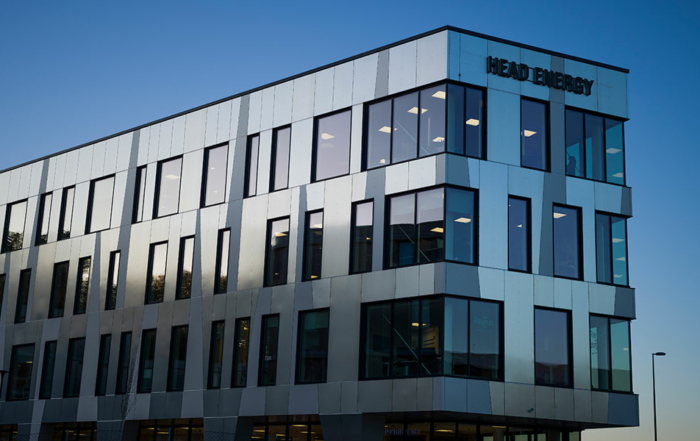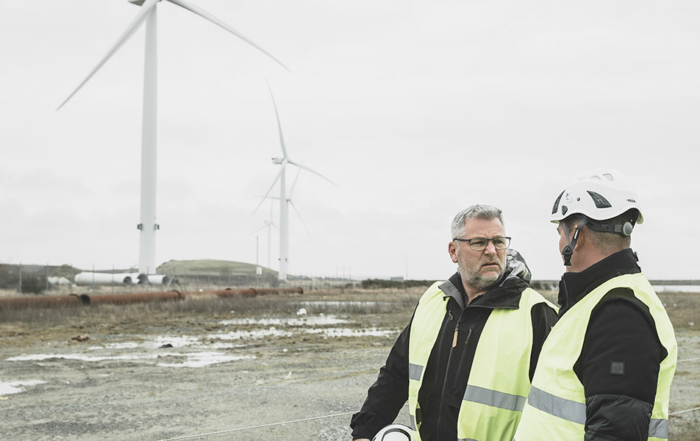After working as client representative and advisor on emerging offshore wind projects in the US, Head Energy’s Senior Marine Consultant, Peter Eriksen believes regulatory and logistical limitations can be overwon and spark accelerated development in the years to come.
In March 2021, President Biden announced the ambition to deploy 30 gigawatts of offshore wind by 2030, providing a huge boost for clean energy production and more than 77.000 new American jobs.
Although the ambitions are huge, development has been slowed down due to global inflation and a significant increase in costs, followed by both regulatory and logistical challenges in the US.
-The primary bottleneck for the expansion of offshore wind in the US is actually the infrastructure in and around ports. Most suitable ports are surrounded by bridges that are too low for installation vessels to pass. Further, the Jones Act, put in place to protect US servicemen and ships from foreign competition in US waters, hinders non-US vessels to participate in installation projects. The problem is that there are currently no US registered installation vessels suitable for the ongoing projects, Peter Eriksen explains.
Eriksen has over 30 years of marine experience and has worked with offshore installation of wind parks for more than 10 years, holding positions such as Offshore Installation Manager, Rig & Marine Operation Manager, and Client Representative. From working as Client Representative on US projects for the last year, his impression is that the industry is solution oriented short-term, while solving the infrastructure issues regarding ports and the tonnage shortage may spark a very positive development for offshore wind in the US long-term:

Peter Eriksen - Senior Marine Consultant in Head Energy
-Operators, contractors, and local authorities are very constructive and solution oriented when it comes maintain progress in ongoing projects. In a longer perspective, if the United States decides to invest in closing the infrastructure gap on ports over the next decade, they may see a double benefit as they can ramp up development and installation of wind parks as well as increase the efficiency and capacity on transportation of goods for both the Pacific- and the Atlantic Ocean, Peter Eriksen states.
More news from Head Energy
Preliminary 2023 results
Record revenues, slightly lower profitability, but solid strategic development. Head Energy reports preliminary 2023 revenues of mNOK 1.208, up 23% compared to 2022-revenues. 2023-profit margins are lower than in 2022, primarily due to weaker [...]
Head Energy acquires Mitta AS – creates an ambitious company in geosciences
Head Energy AS has acquired 100 percent of the shares in Mitta AS from Finnish Mitta Group Oy and intends to develop a competent and proactive national player in the field of geotechnics, environmental [...]
Positive development in emerging US offshore wind market
After working as client representative and advisor on emerging offshore wind projects in the US, Head Energy’s Senior Marine Consultant, Peter Eriksen believes regulatory and logistical limitations can be overwon and spark accelerated development [...]



